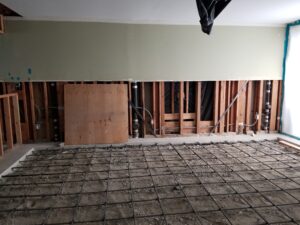
Trees: A Thin Line Between Love & Hate
What do you do when the tree you love is causing damage to your building?…

What do you do when the tree you love is causing damage to your building?…

What happens when the fix for a problem creates another problem?We were hired to investigate…

How far would you go to feel secure in your home? In one of our…

Shoring is a critical technique for many building renovation projects. If you have an older…

Do you know the common signs of home damage and deterioration? It’s important to be…